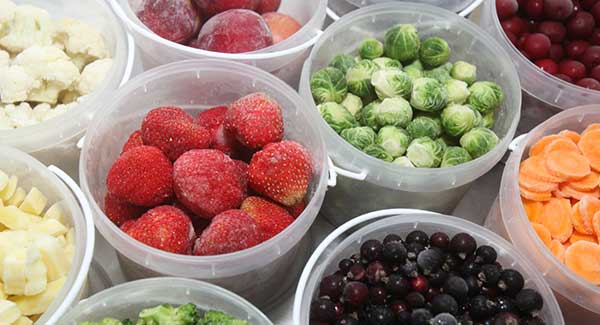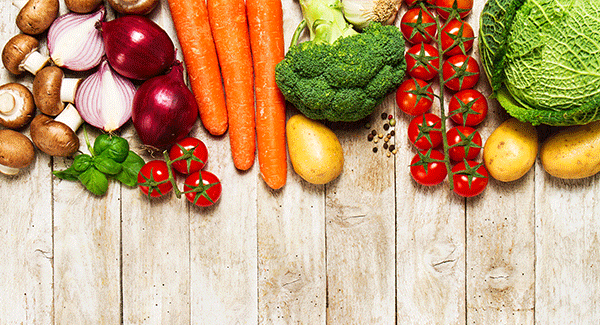Arthritis Diet Power Shopping: Canned Foods
Canned foods can be a part of a nutritious, arthritis-friendly diet. Learn tips to get the most benefit.
Meats, soups, fruits or vegetables, the canned variety offers many benefits. You’ll still get the inflammation-fighting omega 3 fatty acids in canned salmon, sardines and tuna. Canned vegetables and fruits are often processed shortly after they are picked, and nutrient losses don’t occur during shipping, on the grocer’s shelf, or in your home. Their portability makes them great for an arthritis diet on the go. They last longer and can save you money.
And there are some veggies that may be more beneficial in canned form rather than fresh. Canned tomatoes, for example, are a better source of lycopene, a powerful antioxidant, because cooking makes them easier for the body to absorb. According to a comparative analysis of canned, fresh, and frozen fruits and vegetables by the University of Illinois Department of Food Science and Human Nutrition, fiber content is as high in canned products as in their fresh counterparts and the canning process may actually increase calcium levels in fish as compared to its freshly cooked variety
Smart Shopping Tips
Watch out for sodium. Canned vegetables commonly contain added sodium. Look for cans that tout “low sodium” or “no added salt,” then read the nutrition panel and aim for 200 mg or less of sodium per serving.
Know the terms. Know what “lite” and “light” mean. The word “lite” can mean fewer calories, but sometimes it’s not much fewer because here is no set standard for that word. A product that says “light,” must have at least 1/3 fewer calories than the regular food has. But make sure you’re choosing low-calorie option, not a food that has relatively less calories that the regular version.
Go light. Most canned fruit is packed with heavy (and sugary) syrup, and that means high carbohydrates and calories. Go for ones that are packed, preferably in their own juice or water. Or look for ones labeled “light syrup”.
Let it drain. Draining and rinsing canned or packaged fruits and vegetables help reduce the amount of sodium and sugar.
Tear into it. Move over, cans. The easy tear-of packets protect you from BPA in cans – although manufacturers are using more BPA alternatives. Bisphenol A (BPA) is one of the most common chemicals to which we are exposed in everyday life. These pouches travel easily and when combined with low-fat cheese, roasted almonds and dark-leaf lettuce, they quickly turn a salad into an arthritis-friendly meal.
Go for Boxes. Boxes aren’t just for juices anymore. Some soups and broths are available in Tetra Pak containers, which are BPA-free.

Stay in the Know. Live in the Yes.
Get involved with the arthritis community. Tell us a little about yourself and, based on your interests, you’ll receive emails packed with the latest information and resources to live your best life and connect with others.




